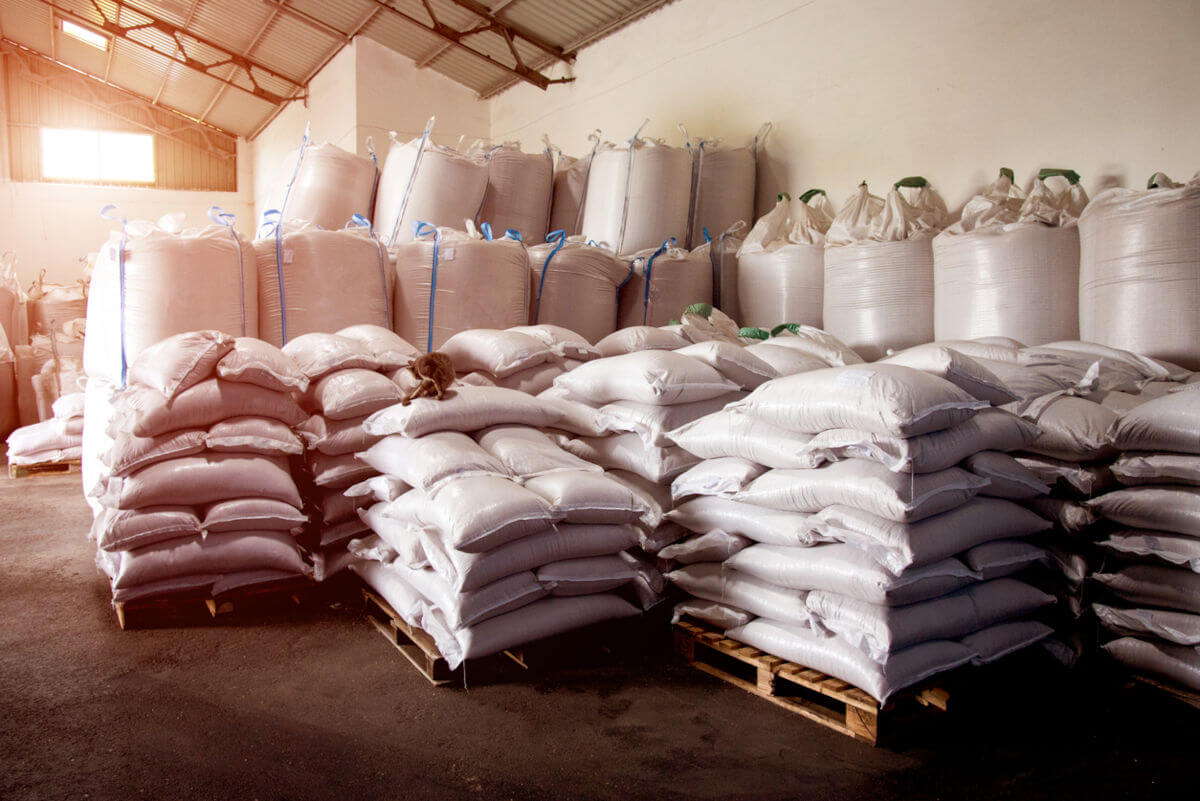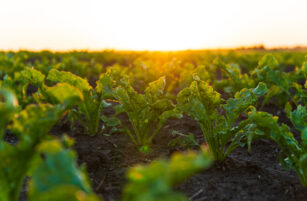This update is from Sosland Publishing Co.’s weekly Sweetener Report. This update is from Sosland Publishing’s Sweetener Report. For more information and subscription details, CLICK HERE.
Insight Focus
- Sellers comfortable with their positions ahead of H2’23.
- 2023/24 business was mostly completed in March.
- This is earlier than usual; buyers are now waiting before coming back to market.
Recent trends of slow forward sales and slow 2022-23 beet sugar deliveries were evident in the cash sugar market during the week ended July 21.
Sellers were not concerned about slow deliveries resulting in excess supplies. One beet processor noted he was able to resell the undelivered sugar at current (higher) spot prices to users who were pulling stronger on contracts. Others were willing to hold onto undelivered sugar until later in the year when they were more confident in 2023 beet (and cane) crops.
The USDA in its July 12 Sweetener Market Data report indicated May (most recent data) beet sugar deliveries were down 9% from May 2022 and October-May deliveries were down 8%. In contrast, deliveries of refined cane sugar were down 4.2% from May 2022 but October-May deliveries were up 4.8%. Cane sugar deliveries typically are strong in the last quarter (July-September) of the marketing year, while beet sugar deliveries tend to weaken in July and August before picking up in September using supply from early sugar beet harvest.
Sales of bulk refined beet and cane sugar for 2023-24 were slow with most business having been completed in March, considerably earlier than average. Buyers who are uncovered or have only partial coverage appear willing to wait until October when beet processors seek to sell most of their remaining supplies after the beet crop is better known. At least one beet processor is out of the market until October, another is selling selectively and others are selling at steady prices. Processors are reluctant to sell too much of their prospective beet sugar supplies amid weather uncertainties, especially with the return of dry conditions in parts of the country. Testing of sugar content in sugar beets typically begins in late July or the first week of August with harvest beginning in late August to early October.
The market was closely watching developing sugar beet and cane crops. Beet crops in most states were doing well but could use more rain to go with adequate heating degree days. Beet condition ratings as of July 16 mostly improved from a week earlier and were above year-ago ratings for the date, except in Michigan and Wyoming. The greatest concern was in Michigan with just over half the crop rated good-to-excellent compared with 73% a year ago. Beet crops in Montana, Minnesota and Idaho were said to be doing well with the latter two rated at or near 90% good-to-excellent.
Louisiana sugar cane ratings, which had declined for two consecutive weeks, were raised in the latest week but were below a year ago.
Nearby domestic raw sugar futures tumbled amid adequate supplies for cane refiners after the US Department of Agriculture’s recent raw sugar tariff-rate quota increase. World raw futures, meanwhile, advanced amid concerns of El Niño-induced dryness in key Asian producing regions.
Supplies of 42% high-fructose corn syrup were readily available on the spot market, but supplies of glucose and other products were tight. Prices were steady across product categories.














